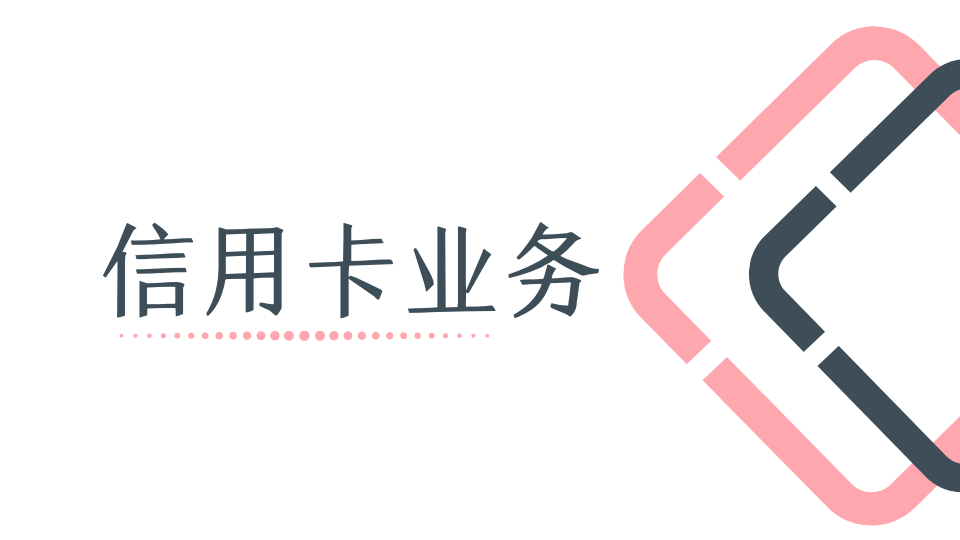1
2
3
4
5
6
7
8
9
10
11
12
13
14
15
16
17
18
19
20
21
22
23
24
25
26
27
28
29
30
31
32
33
34
35
36
37
38
39
40
41
42
43
44
45
46
47
48
49
50
51
52
53
54
55
56
57
58
59
60
61
62
63
64
65
66
67
68
69
70
71
| <!DOCTYPE html>
<html lang="en">
<head>
<meta charset="UTF-8">
<title>06_列表渲染</title>
</head>
<body>
<div id="demo">
<h2>测试: v-for 遍历数组</h2>
<ul>
<li v-for="(p, index) in persons" :key="index">
{{index}}--{{p.name}}--{{p.age}}
--<button @click="deleteP(index)">删除</button>
--<button @click="updateP(index, {name:'Cat', age: 16})">更新</button>
</li>
</ul>
<button @click="addP({name: 'xfzhang', age: 18})">添加</button>
<h2>测试: v-for 遍历对象</h2>
<ul>
<li v-for="(item, key) in persons[1]" :key="key">{{key}}={{item}}</li>
</ul>
</div>
<script type="text/javascript" src="../js/vue.js"></script>
<script type="text/javascript">
new Vue({
el: '#demo',
data: {
persons: [
{name: 'Tom', age:18},
{name: 'Jack', age:17},
{name: 'Bob', age:19},
{name: 'Mary', age:16}
]
},
methods: {
deleteP (index) {
this.persons.splice(index, 1)
},
updateP (index, newP) {
console.log('updateP', index, newP)
this.persons.splice(index, 1, newP)
},
addP (newP) {
this.persons.push(newP)
}
}
})
</script>
</body>
</html>
|





